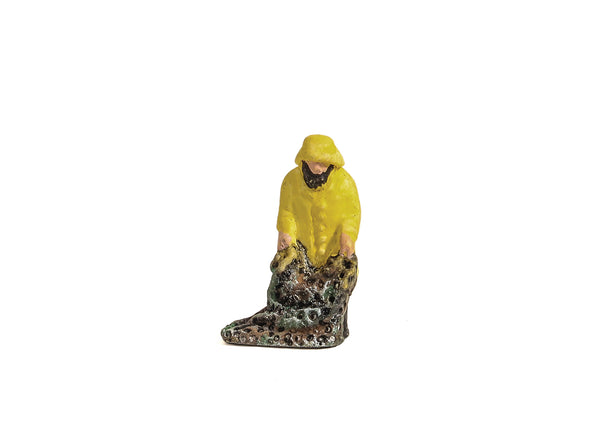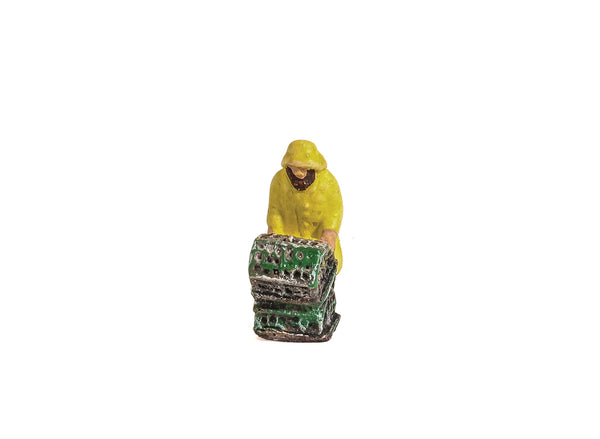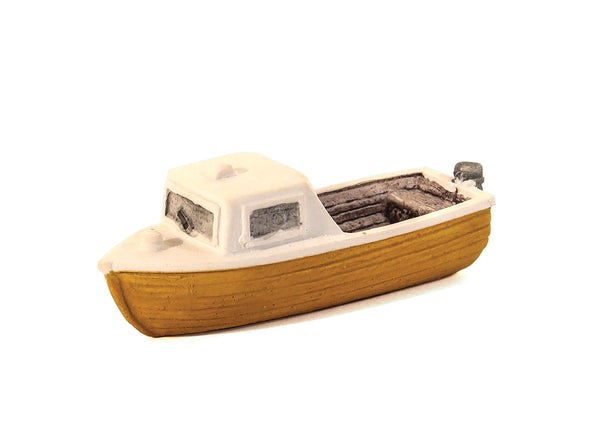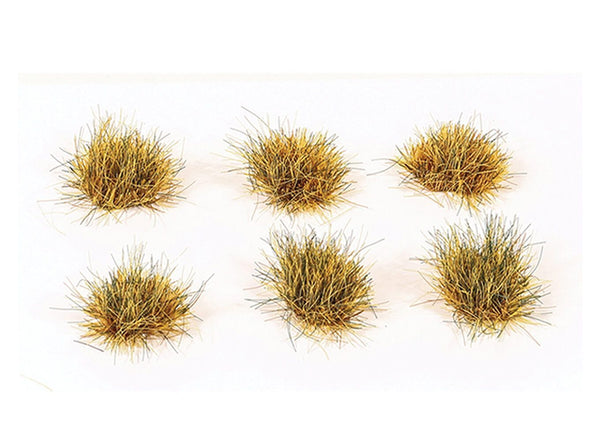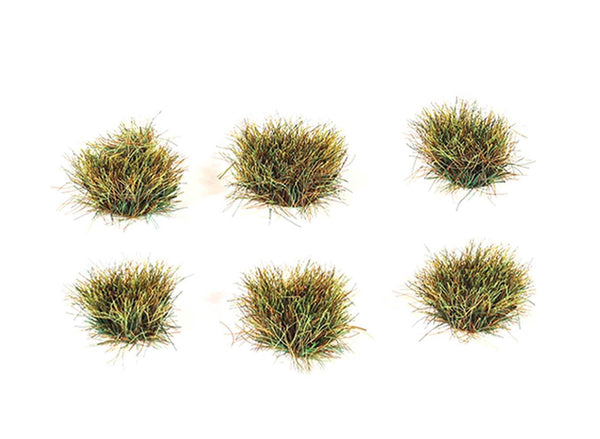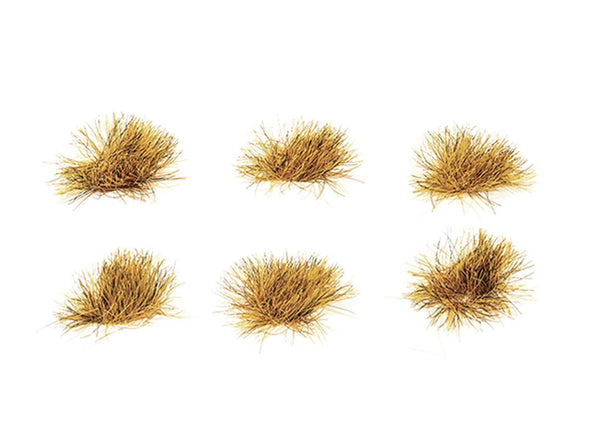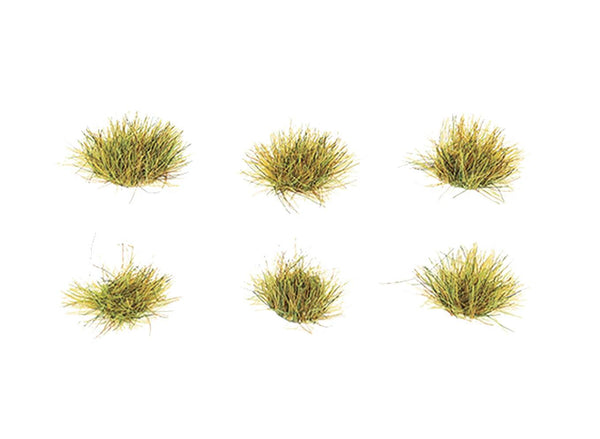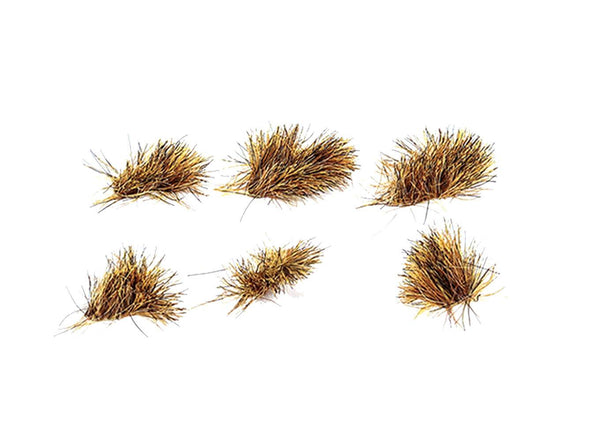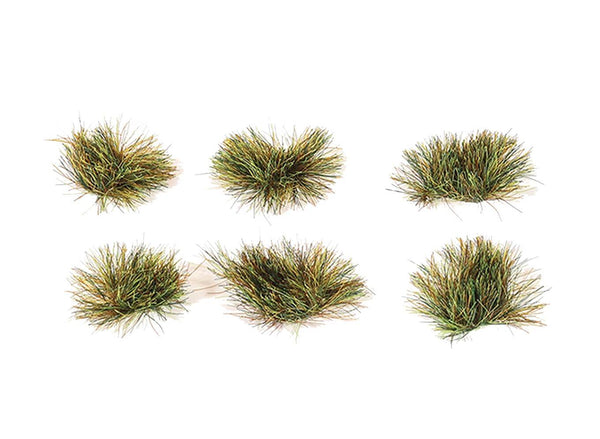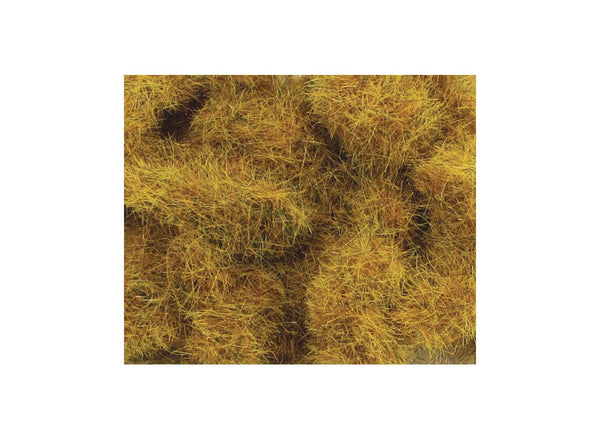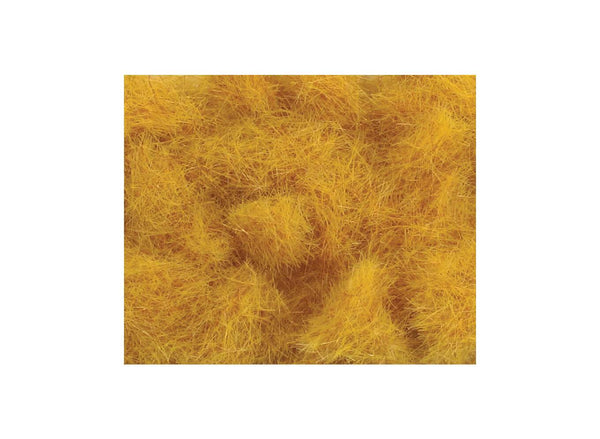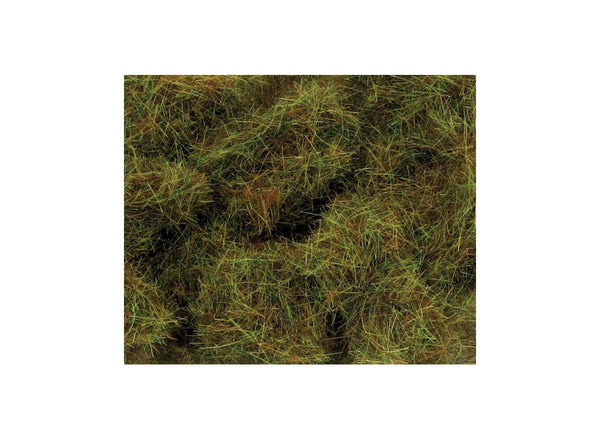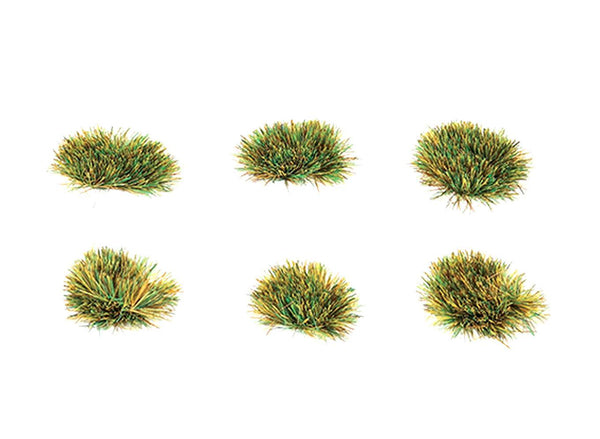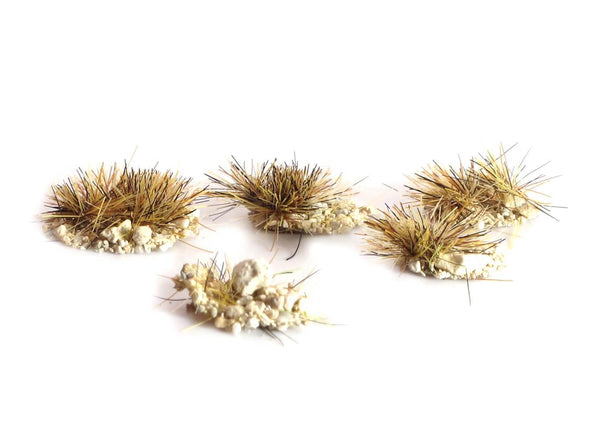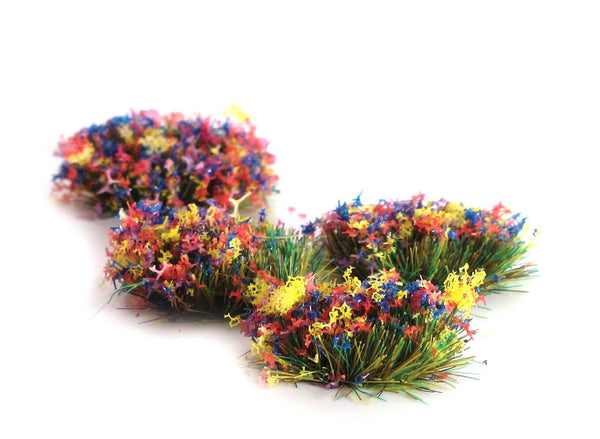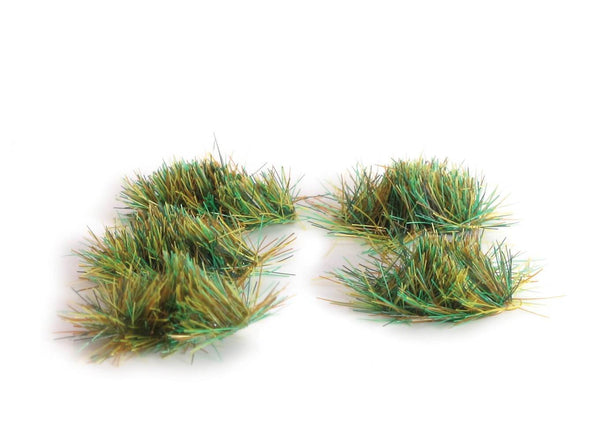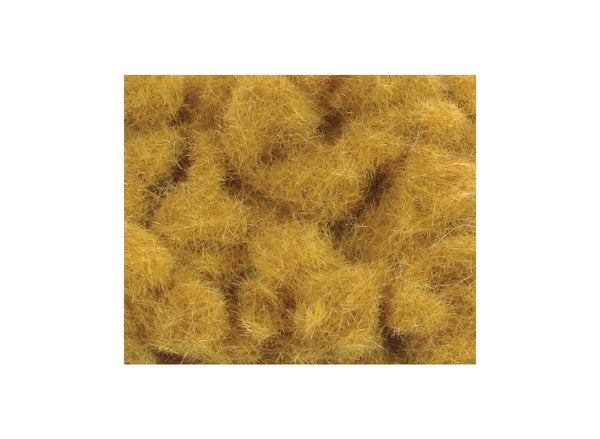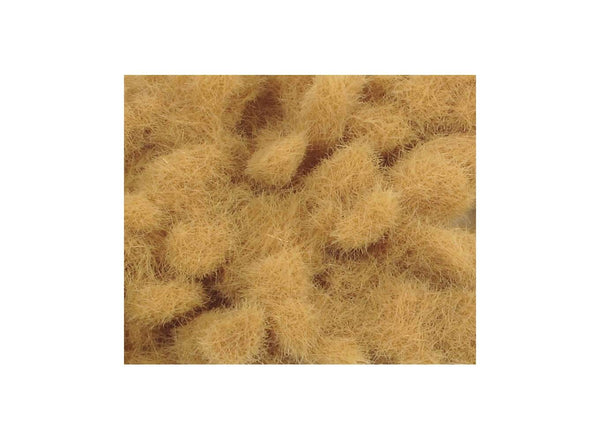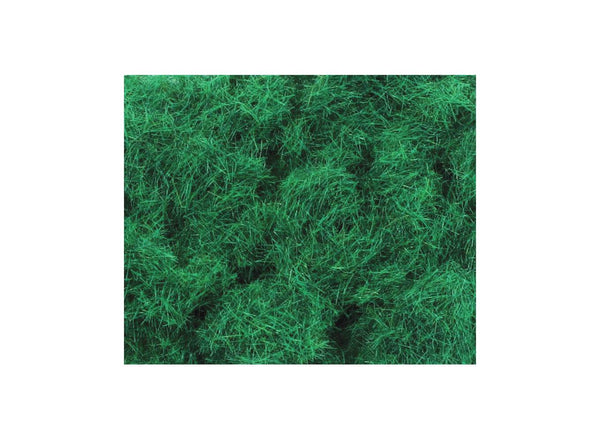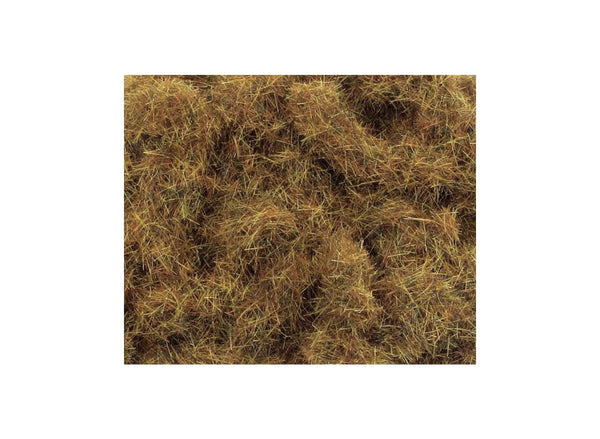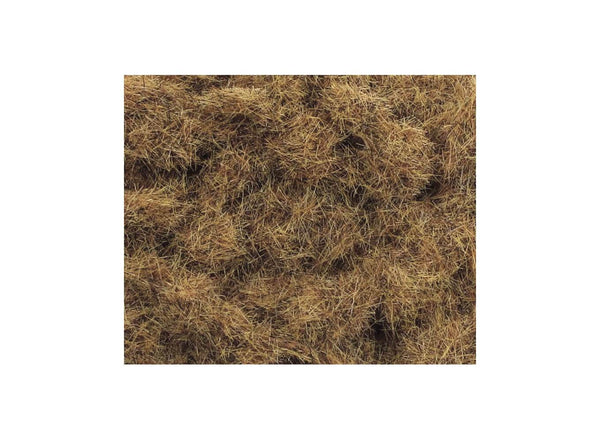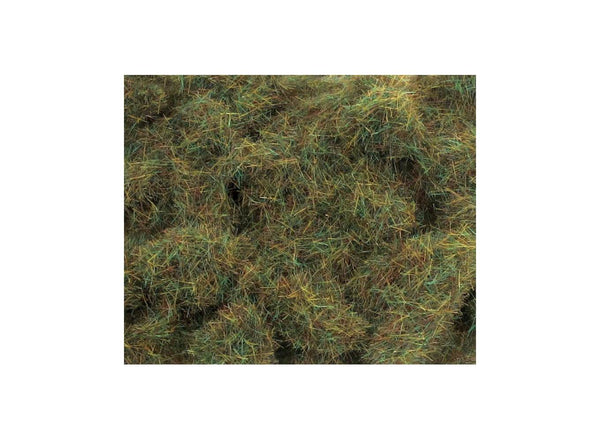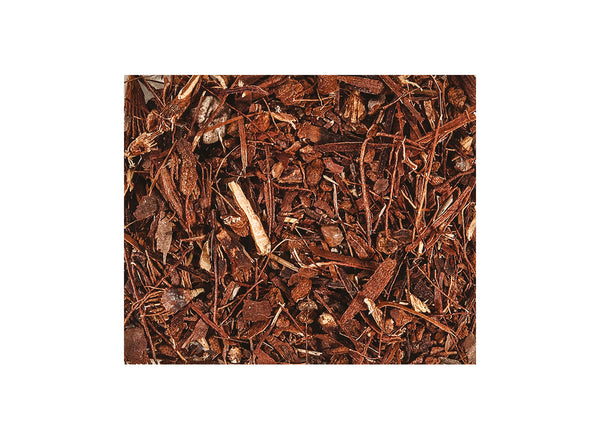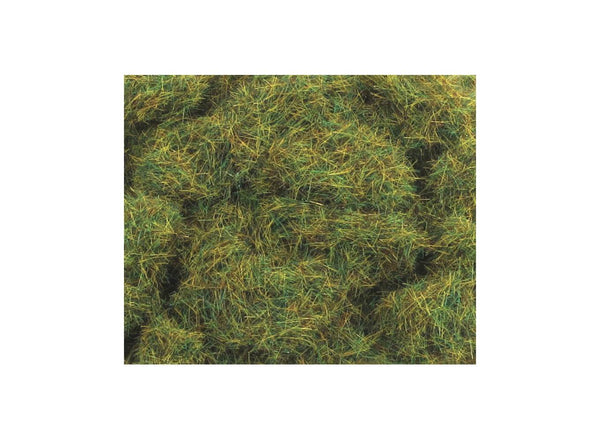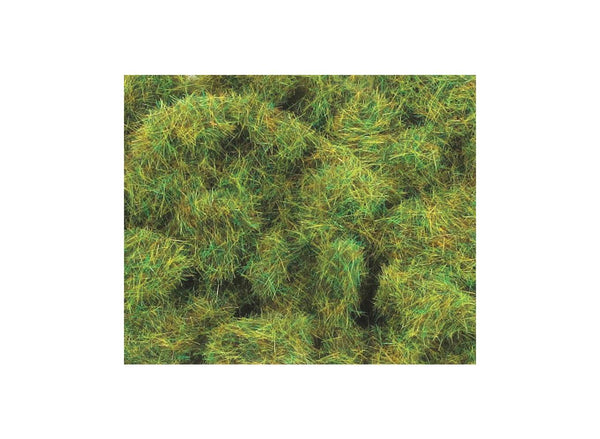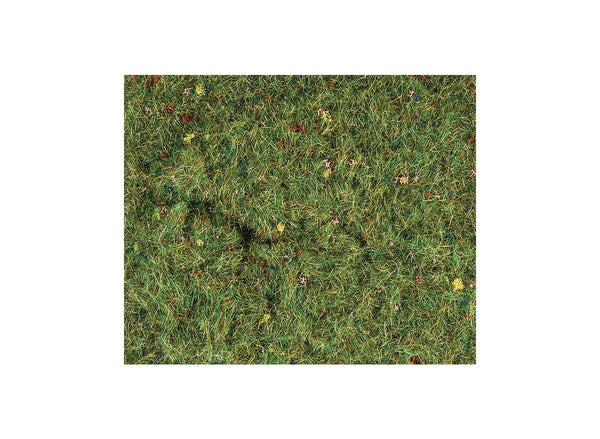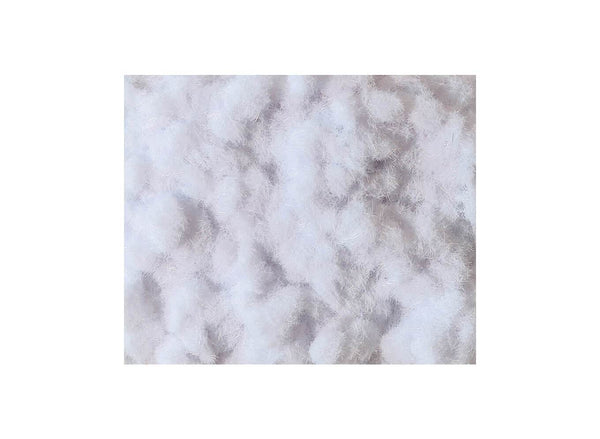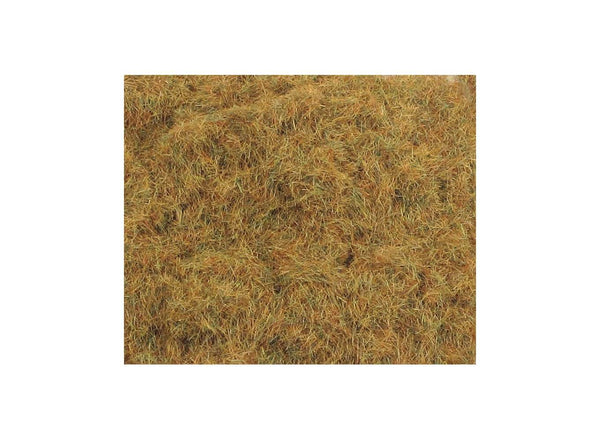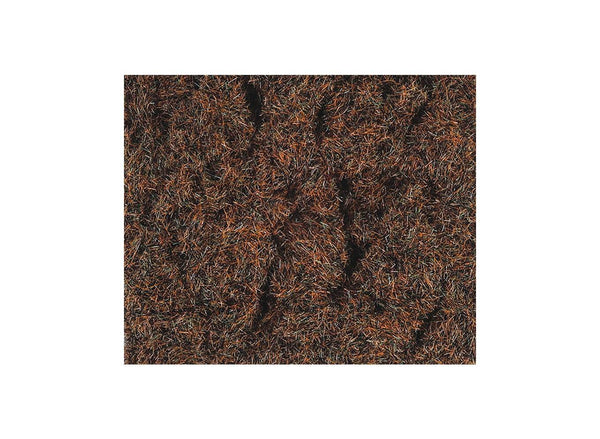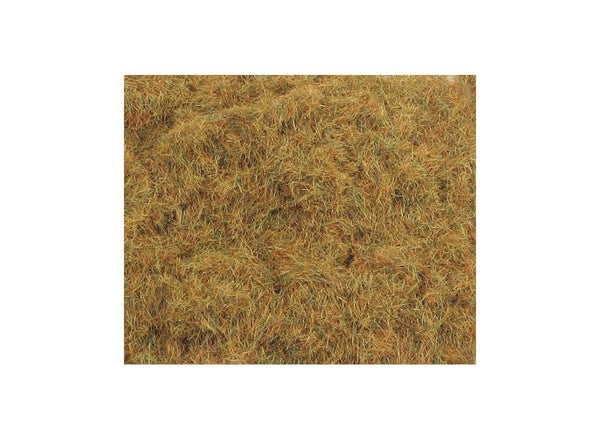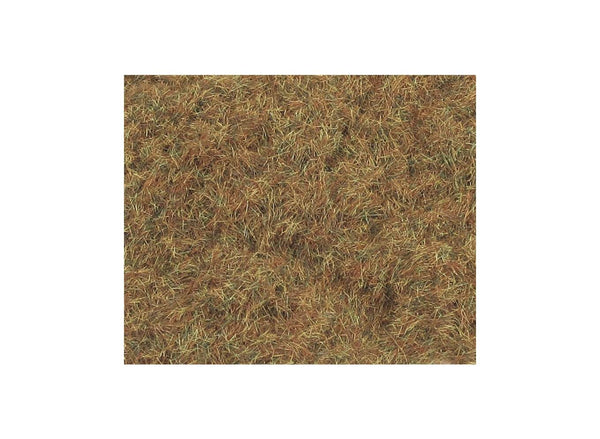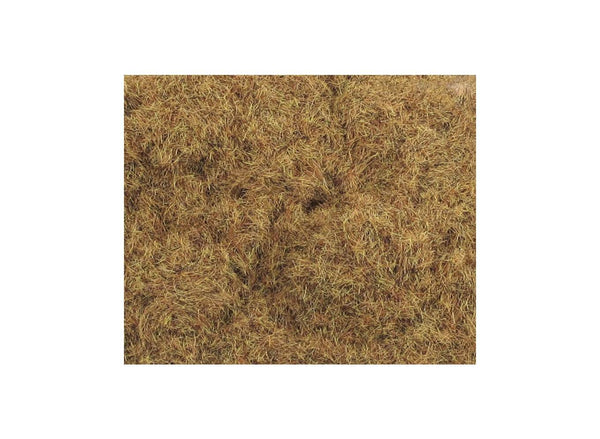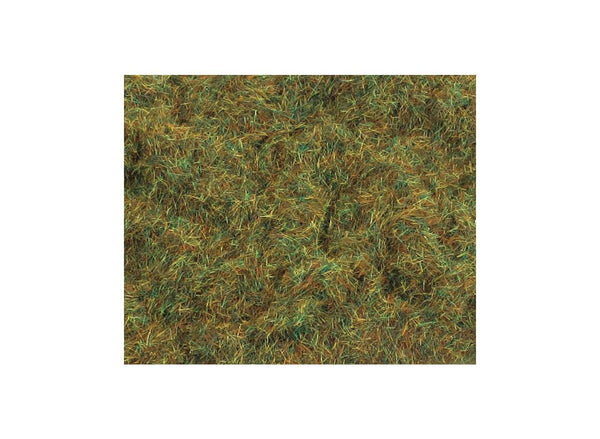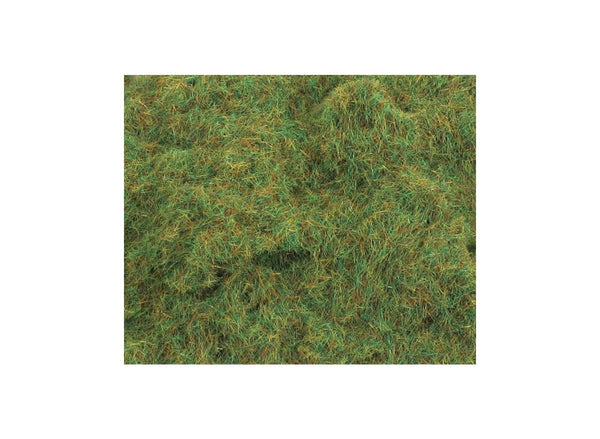BROWSE PECO PRODUCTS
Browse through our complete product portfolio.
2642 Products Found
Small Fishing Boat Rear Wheelhouse
Inshore small fishing craft seen around the coasts of Britain. Details include winch navigation lights and equipment, life belt and separate mast to fit into hole in deck behind wheelhouse. Approx size 120mm x 35mm. The Harburn Hamlet range of painted resin accessories provide interesting scenic details to go around the quayside on your layout.
Fisherman in Yellow Oilskins with Net
Size (mm): H 24.5, Base 15 x 11. The Harburn Hamlet range of painted resin accessories provide interesting scenic details to go around the quayside on your layout.
Fisherman in Yellow Oilskins with Creels
Height (mm) 24.5 The Harburn Hamlet range of painted resin accessories provide interesting scenic details to go around the quayside on your layout.
Yellow Motor Boat with small cabin
Approx size 53mm x 18mm. A small craft used for fishing or leisure, ideal for a quay, lake or river scene or as a trailer load for a road vehicle. The Harburn Hamlet range of painted resin accessories provide interesting scenic details to go around the quayside on your layout.
Blue Motor Boat with small cabin
Approx size 53mm x 18mm. A small craft used for fishing or leisure, ideal for a quay, lake or river scene or as a trailer load for a road vehicle. The Harburn Hamlet range of painted resin accessories provide interesting scenic details to go around the quayside on your layout.
Red Motor Boat with small cabin
Approx size 53mm x 18mm. A small craft used for fishing or leisure, ideal for a quay, lake or river scene or as a trailer load for a road vehicle. The Harburn Hamlet range of painted resin accessories provide interesting scenic details to go around the quayside on your layout.
Lobster Boat with Fisherman and Red Roof
Registration number RY 199 on bows, name 'Mi Amigo' on stern. Approx size 100mm x 36mm. The Harburn Hamlet range of painted resin accessories provide interesting scenic details to go around the quayside on your layout.
Lobster Boat with Fisherman and Blue Roof
Registration number LO 266 on bows, name 'Galaxy' on stern. Approx size 100mm x 36mm. The Harburn Hamlet range of painted resin accessories provide interesting scenic details to go around the quayside on your layout.
10mm Self Adhesive Wild Meadow Grass Tufts
These handy packs contain 100 self adhesive ready made tufts, to stick down wherever required on your layout or diorama.
10mm Self Adhesive Autumn Grass Tufts
These handy packs contain 100 self adhesive ready made tufts, to stick down wherever required on your layout or diorama.
6mm Self Adhesive Wild Meadow Grass Tufts
These handy packs contain 100 self adhesive ready made tufts, to stick down wherever required on your layout or diorama.
10mm Self Adhesive Spring Grass Tufts
These handy packs contain 100 self adhesive ready made tufts, to stick down wherever required on your layout or diorama.
10mm Self Adhesive Patchy Grass Tufts
These handy packs contain 100 self adhesive ready made tufts, to stick down wherever required on your layout or diorama.
6mm Self Adhesive Spring Grass Tufts
These handy packs contain 100 self adhesive ready made tufts, to stick down wherever required on your layout or diorama.
6mm Self Adhesive Patchy Grass Tufts
These handy packs contain 100 self adhesive ready made tufts, to stick down wherever required on your layout or diorama.
6mm Self Adhesive Autumn Grass Tufts
These handy packs contain 100 self adhesive ready made tufts, to stick down wherever required on your layout or diorama.
6mm Wild Meadow
The Pecoscene Static Grass range enables modellers to produce realistic fields, grassed areas, moorlands and embankments. The Static Grass Applicators PSG-1 and 2 electrostatically charge the grass filaments so that they stand vertically, regardless of the terrain. Mixing various lengths and colours of grasses can produce highly realistic textures and effects. Our Shows You How Booklet No 13 Detailing the Landscape and Youtube video clips show the effects that can be created.
6mm Hay Field
The Pecoscene Static Grass range enables modellers to produce realistic fields, grassed areas, moorlands and embankments. The Static Grass Applicators PSG-1 and 2 electrostatically charge the grass filaments so that they stand vertically, regardless of the terrain. Mixing various lengths and colours of grasses can produce highly realistic textures and effects. Our Shows You How Booklet No 13 Detailing the Landscape and Youtube video clips show the effects that can be created.
6mm Summer Grass
The Pecoscene Static Grass range enables modellers to produce realistic fields, grassed areas, moorlands and embankments. The Static Grass Applicators PSG-1 and 2 electrostatically charge the grass filaments so that they stand vertically, regardless of the terrain. Mixing various lengths and colours of grasses can produce highly realistic textures and effects. Our Shows You How Booklet No 13 Detailing the Landscape and Youtube video clips show the effects that can be created.
6mm Straw
The Pecoscene Static Grass range enables modellers to produce realistic fields, grassed areas, moorlands and embankments. The Static Grass Applicators PSG-1 and 2 electrostatically charge the grass filaments so that they stand vertically, regardless of the terrain. Mixing various lengths and colours of grasses can produce highly realistic textures and effects. Our Shows You How Booklet No 13 Detailing the Landscape and Youtube video clips show the effects that can be created.
6mm Autumn Grass
The Pecoscene Static Grass range enables modellers to produce realistic fields, grassed areas, moorlands and embankments. The Static Grass Applicators PSG-1 and 2 electrostatically charge the grass filaments so that they stand vertically, regardless of the terrain. Mixing various lengths and colours of grasses can produce highly realistic textures and effects. Our Shows You How Booklet No 13 Detailing the Landscape and Youtube video clips show the effects that can be created.
6mm Spring Grass
The Pecoscene Static Grass range enables modellers to produce realistic fields, grassed areas, moorlands and embankments. The Static Grass Applicators PSG-1 and 2 electrostatically charge the grass filaments so that they stand vertically, regardless of the terrain. Mixing various lengths and colours of grasses can produce highly realistic textures and effects. Our Shows You How Booklet No 13 Detailing the Landscape and Youtube video clips show the effects that can be created.
4mm Self Adhesive Spring Grass Tufts
These handy packs contain 100 self adhesive ready made tufts, to stick down wherever required on your layout or diorama.
4mm Self Adhesive Sandy Tufts
These handy packs contain 100 self adhesive ready made tufts, to stick down wherever required on your layout or diorama.
4mm Self Adhesive Grass Tufts with Flower
These handy packs contain 100 self adhesive ready made tufts, to stick down wherever required on your layout or diorama.
4mm Self Adhesive Assorted Grass Tufts
These handy packs contain 100 self adhesive ready made tufts, to stick down wherever required on your layout or diorama.
4mm Summer Alpine Grass
The Pecoscene Static Grass range enables modellers to produce realistic fields, grassed areas, moorlands and embankments. The Static Grass Applicators PSG-1 and 2 electrostatically charge the grass filaments so that they stand vertically, regardless of the terrain. Mixing various lengths and colours of grasses can produce highly realistic textures and effects. Our Shows You How Booklet No 13 Detailing the Landscape and Youtube video clips show the effects that can be created.
4mm Golden Wheat
The Pecoscene Static Grass range enables modellers to produce realistic fields, grassed areas, moorlands and embankments. The Static Grass Applicators PSG-1 and 2 electrostatically charge the grass filaments so that they stand vertically, regardless of the terrain. Mixing various lengths and colours of grasses can produce highly realistic textures and effects. Our Shows You How Booklet No 13 Detailing the Landscape and Youtube video clips show the effects that can be created.
4mm Straw
The Pecoscene Static Grass range enables modellers to produce realistic fields, grassed areas, moorlands and embankments. The Static Grass Applicators PSG-1 and 2 electrostatically charge the grass filaments so that they stand vertically, regardless of the terrain. Mixing various lengths and colours of grasses can produce highly realistic textures and effects. Our Shows You How Booklet No 13 Detailing the Landscape and Youtube video clips show the effects that can be created.
4mm Pasture Grass
The Pecoscene Static Grass range enables modellers to produce realistic fields, grassed areas, moorlands and embankments. The Static Grass Applicators PSG-1 and 2 electrostatically charge the grass filaments so that they stand vertically, regardless of the terrain. Mixing various lengths and colours of grasses can produce highly realistic textures and effects. Our Shows You How Booklet No 13 Detailing the Landscape and Youtube video clips show the effects that can be created.
4mm Dead Grass
The Pecoscene Static Grass range enables modellers to produce realistic fields, grassed areas, moorlands and embankments. The Static Grass Applicators PSG-1 and 2 electrostatically charge the grass filaments so that they stand vertically, regardless of the terrain. Mixing various lengths and colours of grasses can produce highly realistic textures and effects. Our Shows You How Booklet No 13 Detailing the Landscape and Youtube video clips show the effects that can be created.
4mm Winter Grass
The Pecoscene Static Grass range enables modellers to produce realistic fields, grassed areas, moorlands and embankments. The Static Grass Applicators PSG-1 and 2 electrostatically charge the grass filaments so that they stand vertically, regardless of the terrain. Mixing various lengths and colours of grasses can produce highly realistic textures and effects. Our Shows You How Booklet No 13 Detailing the Landscape and Youtube video clips show the effects that can be created.
4mm Patchy Grass
The Pecoscene Static Grass range enables modellers to produce realistic fields, grassed areas, moorlands and embankments. The Static Grass Applicators PSG-1 and 2 electrostatically charge the grass filaments so that they stand vertically, regardless of the terrain. Mixing various lengths and colours of grasses can produce highly realistic textures and effects. Our Shows You How Booklet No 13 Detailing the Landscape and Youtube video clips show the effects that can be created.
4mm Autumn Grass
The Pecoscene Static Grass range enables modellers to produce realistic fields, grassed areas, moorlands and embankments. The Static Grass Applicators PSG-1 and 2 electrostatically charge the grass filaments so that they stand vertically, regardless of the terrain. Mixing various lengths and colours of grasses can produce highly realistic textures and effects. Our Shows You How Booklet No 13 Detailing the Landscape and Youtube video clips show the effects that can be created.
Woodland Ground Cover
The Pecoscene Static Grass range enables modellers to produce realistic fields, grassed areas, moorlands and embankments. The Static Grass Applicators PSG-1 and 2 electrostatically charge the grass filaments so that they stand vertically, regardless of the terrain. Mixing various lengths and colours of grasses can produce highly realistic textures and effects. Our Shows You How Booklet No 13 Detailing the Landscape and Youtube video clips show the effects that can be created.
4mm Summer Grass
The Pecoscene Static Grass range enables modellers to produce realistic fields, grassed areas, moorlands and embankments. The Static Grass Applicators PSG-1 and 2 electrostatically charge the grass filaments so that they stand vertically, regardless of the terrain. Mixing various lengths and colours of grasses can produce highly realistic textures and effects. Our Shows You How Booklet No 13 Detailing the Landscape and Youtube video clips show the effects that can be created.
4mm Spring Grass
The Pecoscene Static Grass range enables modellers to produce realistic fields, grassed areas, moorlands and embankments. The Static Grass Applicators PSG-1 and 2 electrostatically charge the grass filaments so that they stand vertically, regardless of the terrain. Mixing various lengths and colours of grasses can produce highly realistic textures and effects. Our Shows You How Booklet No 13 Detailing the Landscape and Youtube video clips show the effects that can be created.
2mm Summer Flowers Grass
The Pecoscene Static Grass range enables modellers to produce realistic fields, grassed areas, moorlands and embankments. The Static Grass Applicators PSG-1 and 2 electrostatically charge the grass filaments so that they stand vertically, regardless of the terrain. Mixing various lengths and colours of grasses can produce highly realistic textures and effects. Our Shows You How Booklet No 13 Detailing the Landscape and Youtube video clips show the effects that can be created.
2mm Snow
The Pecoscene Static Grass range enables modellers to produce realistic fields, grassed areas, moorlands and embankments. The Static Grass Applicators PSG-1 and 2 electrostatically charge the grass filaments so that they stand vertically, regardless of the terrain. Mixing various lengths and colours of grasses can produce highly realistic textures and effects. Our Shows You How Booklet No 13 Detailing the Landscape and Youtube video clips show the effects that can be created.
2mm Spring Alpine Grass
The Pecoscene Static Grass range enables modellers to produce realistic fields, grassed areas, moorlands and embankments. The Static Grass Applicators PSG-1 and 2 electrostatically charge the grass filaments so that they stand vertically, regardless of the terrain. Mixing various lengths and colours of grasses can produce highly realistic textures and effects. Our Shows You How Booklet No 13 Detailing the Landscape and Youtube video clips show the effects that can be created.
2mm Scorched Grass
The Pecoscene Static Grass range enables modellers to produce realistic fields, grassed areas, moorlands and embankments. The Static Grass Applicators PSG-1 and 2 electrostatically charge the grass filaments so that they stand vertically, regardless of the terrain. Mixing various lengths and colours of grasses can produce highly realistic textures and effects. Our Shows You How Booklet No 13 Detailing the Landscape and Youtube video clips show the effects that can be created.
2mm Dead Grass
The Pecoscene Static Grass range enables modellers to produce realistic fields, grassed areas, moorlands and embankments. The Static Grass Applicators PSG-1 and 2 electrostatically charge the grass filaments so that they stand vertically, regardless of the terrain. Mixing various lengths and colours of grasses can produce highly realistic textures and effects. Our Shows You How Booklet No 13 Detailing the Landscape and Youtube video clips show the effects that can be created.
2mm Winter Grass
The Pecoscene Static Grass range enables modellers to produce realistic fields, grassed areas, moorlands and embankments. The Static Grass Applicators PSG-1 and 2 electrostatically charge the grass filaments so that they stand vertically, regardless of the terrain. Mixing various lengths and colours of grasses can produce highly realistic textures and effects. Our Shows You How Booklet No 13 Detailing the Landscape and Youtube video clips show the effects that can be created.
2mm Patchy Grass
The Pecoscene Static Grass range enables modellers to produce realistic fields, grassed areas, moorlands and embankments. The Static Grass Applicators PSG-1 and 2 electrostatically charge the grass filaments so that they stand vertically, regardless of the terrain. Mixing various lengths and colours of grasses can produce highly realistic textures and effects. Our Shows You How Booklet No 13 Detailing the Landscape and Youtube video clips show the effects that can be created.
2mm Autumn Grass
The Pecoscene Static Grass range enables modellers to produce realistic fields, grassed areas, moorlands and embankments. The Static Grass Applicators PSG-1 and 2 electrostatically charge the grass filaments so that they stand vertically, regardless of the terrain. Mixing various lengths and colours of grasses can produce highly realistic textures and effects. Our Shows You How Booklet No 13 Detailing the Landscape and Youtube video clips show the effects that can be created.
Pro Grass Applicator
The Pecoscene Static Grass range enables modellers to produce realistic fields, grassed areas, moorlands and embankments. The Static Grass Applicators PSG-1 and 2 electrostatically charge the grass filaments so that they stand vertically, regardless of the terrain. Mixing various lengths and colours of grasses can produce highly realistic textures and effects. Our Shows You How Booklet No 13 Detailing the Landscape and Youtube video clips show the effects that can be created.
2mm Summer Grass
The Pecoscene Static Grass range enables modellers to produce realistic fields, grassed areas, moorlands and embankments. The Static Grass Applicators PSG-1 and 2 electrostatically charge the grass filaments so that they stand vertically, regardless of the terrain. Mixing various lengths and colours of grasses can produce highly realistic textures and effects. Our Shows You How Booklet No 13 Detailing the Landscape and Youtube video clips show the effects that can be created.
2mm Spring Grass
The Pecoscene Static Grass range enables modellers to produce realistic fields, grassed areas, moorlands and embankments. The Static Grass Applicators PSG-1 and 2 electrostatically charge the grass filaments so that they stand vertically, regardless of the terrain. Mixing various lengths and colours of grasses can produce highly realistic textures and effects. Our Shows You How Booklet No 13 Detailing the Landscape and Youtube video clips show the effects that can be created.











